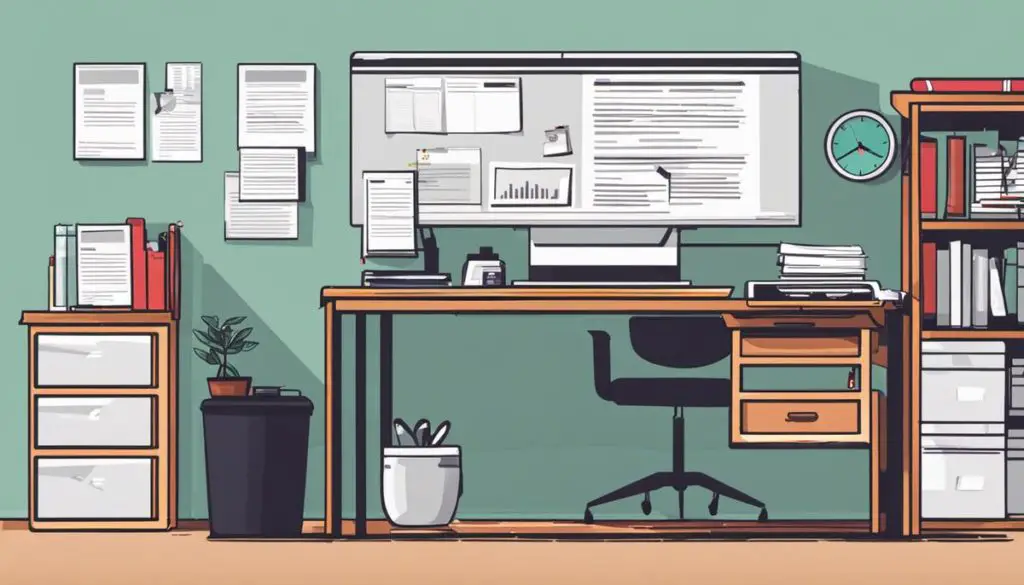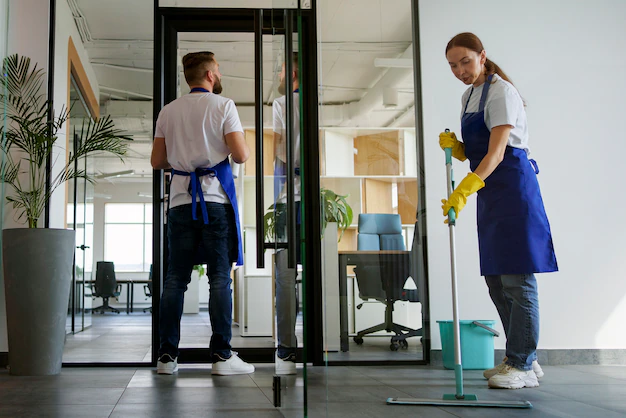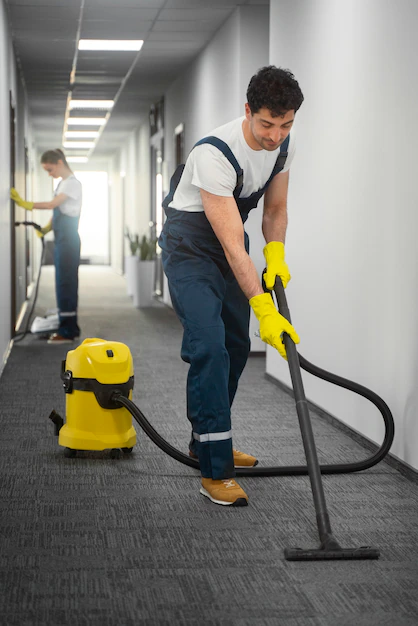In today’s fast-paced world, maintaining an orderly and clutter-free environment is more than just a preference, it’s a necessity. The impact of decluttering and organizing extends far beyond the physical space and greatly affects your mental health, mood, and productivity.
The overwhelming feeling that comes from a messy environment can be alleviated by understanding why it’s essential to declutter and organize. Furthermore, organizing your space is not just about aesthetics or impressing guests; instead, it’s about enhancing the ease, efficiency, and enjoyment of daily activities.
Within this article, you will familiarize yourself with various methods and techniques for effective decluttering and organizing, as well as strategies to implement and maintain a tidy space long term.
Why is there a need for decluttering and organizing?
The Importance of Decluttering and Organizing
Decluttering and organizing your surroundings is not just about creating an aesthetic environment; its importance lies in enhancing your productivity levels and overall well-being.
The state of your space can have a profound impact on your mental health. It’s a principle that’s deeply rooted in psychology— a cluttered environment can lead to a cluttered mind.
A well-organized area allows you to focus better on tasks, reducing the number of distractions around you. This can improve productivity as you can easily find the things you need, which in turn saves you time. Instead of spending precious minutes or hours searching for misplaced items, you can use that time to accomplish more tasks or engage in enjoyable activities.
The process of decluttering itself can be incredibly relaxing. Like a form of meditation, it encourages mindfulness. You aren’t just throwing things away; you’re evaluating each item, assessing its value in your life, and making decisions based on that assessment. This can reduce stress levels, as you are effectively liberating yourself from the burden of excess.
How Decluttering Enhances Mood
It’s no secret that our environment affects our mood. Studies have shown that a clean, organized space can lead to elevated levels of happiness. On the flip side, a cluttered space often contributes to feelings of anxiety and depression.
By removing unnecessary items from your surroundings, decluttering can create a more peaceful, less chaotic living or working environment. It opens up space for not just physical movement but also for positive energy flow. Essentially, it allows for the creation of an atmosphere that fosters peace, happiness, and satisfaction.
The Time-Saving Aspect of Organization
Having an organized space boosts efficiency in our daily activities, saving a considerable amount of time. When items have a specific ‘home, ’, it’s easier to locate these when needed, reducing the time spent on searching for them.
Efficient organization systems ensure that everything you need is within reach, which not only creates an environment conducive for work or various activities but also streamlines your daily schedule. It shaves off a significant chunk of time previously wasted on looking for items and paves the way for smoother transitions between tasks.
Simply put, understanding and implementing the principles of decluttering and organizing is crucial. It’s more than just cleanliness — it’s an essential aspect of managing your time effectively, boosting your productivity, reducing stress, and enhancing your overall mood and mental well-being.
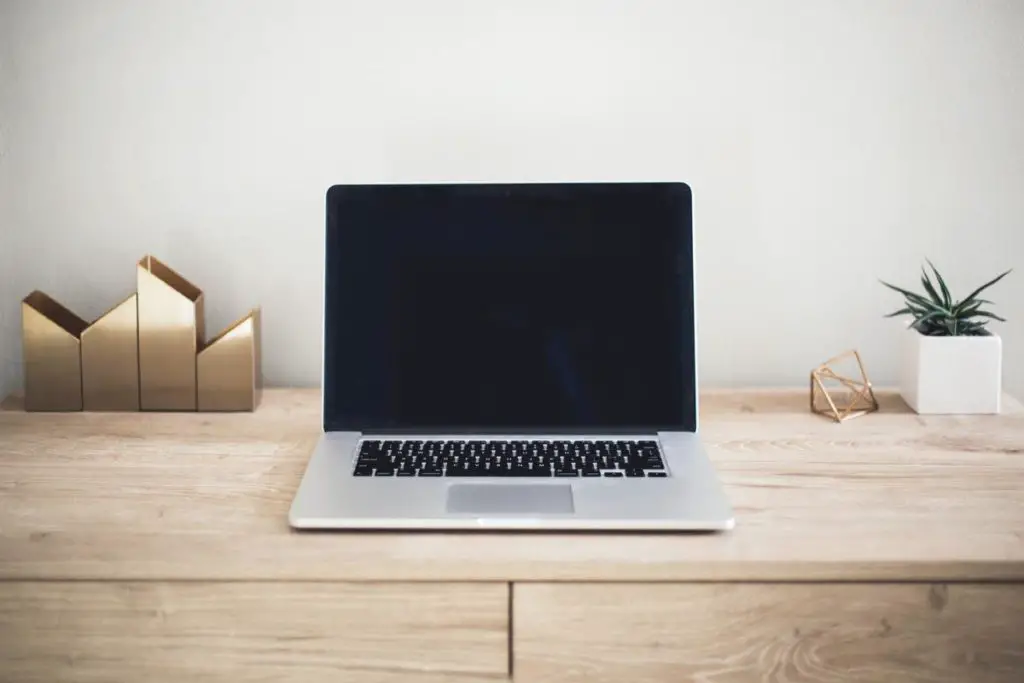
Methods and techniques for effective decluttering and organizing
Decluttering Methods
Decluttering can be a daunting task. However, various methods can make the process easier.
Among the well-known methods is the KonMari method, which was developed by Marie Kondo. This approach calls for decluttering by category, beginning with clothes, then books, papers, miscellaneous items, and finally sentimental items. The procedure involves picking up each object and asking yourself whether it sparks joy. If not, it’s time for it to go.
Another method is the 4-Box method. This practical approach requires you to have four boxes labeled “trash,” “give away,” “keep,” or “relocate.” As you sort through your items, decide which box each item goes into. The key here is not moving on to another room until all items in the current room have been sorted.
The Minimalist Game, developed by Joshua Fields Millburn and Ryan Nicodemus, is a decluttering method that spans a month. On the first day, you declutter one item; on the second day, two items; the third day, three items, and so on. By making decluttering a game, the task becomes less overwhelming and more fun.
Efficient Organization Techniques
Once you’ve decluttered, the next step is to organize efficiently. The key to efficient organization is to give every item a designated place. By doing this, you’ll know where to find an object when you need it and where to put it away when you’re done using it.
To further streamline this process, consider categorizing items. Put like items together to make finding what you need easier. For instance, in your kitchen, keep all your baking items in one spot, your cooking utensils in another, and your plates and bowls in yet another spot.
Labeling also plays a crucial role in organization. When things are properly labeled, it’s much easier to both find what you need and put it away properly. Labels can also be a visual reminder to keep items in their designated spaces.
Lastly, make use of varying storage solutions. This could range from smaller organizers, such as bins and baskets, to larger pieces like shelves and cabinets.
Be mindful and choose a size that matches the amount of stuff you have — if you have a large number of books, a bookshelf might be a better storage solution than a small bin. Within these larger storage solutions, employ smaller organizational tools, such as dividers or organizers, to add additional structure and reduce clutter even further.
Remember, the goal is to create a neat, manageable space that doesn’t overwhelm you and your living or working environment. By exploring different decluttering methods and organization techniques, you can create a stress-free and efficient space.
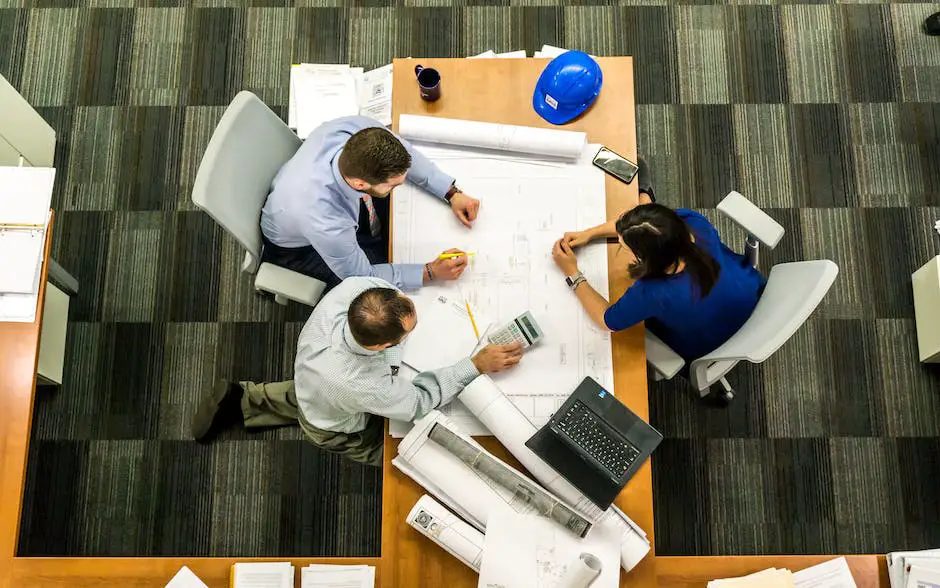
5 Ways on How to Implement and Maintain a Tidy Space
1. Develop a Regular Decluttering Schedule
Instead of getting overwhelmed with the prospect of decluttering your entire house or apartment at once, it’s recommended to break it down into smaller, more achievable tasks. A regular decluttering schedule can be a weekly, bi-weekly, or monthly commitment, depending on the level of clutter in your space.
For instance, one day you might focus on the kitchen, the next on the living room, and so on. By sticking to a schedule, decluttering becomes less a daunting task and more a built-in part of your routine.
2. Adopt Normal Decluttering Habits
Beyond a schedule, day-to-day habits can also contribute to maintaining a tidy space. Simple actions such as returning items back to their place after use, disposing of unwanted mail immediately, or spending 5-10 minutes at the end of each day tidying any clutter will go a long way in keeping your space clutter-free. By integrating these habits into your daily routine, it ensures decluttering becomes second nature and less of a chore.
3. Make Decluttering and Organizing a Lifestyle
It’s essential to view decluttering and organizing not just as an activity, but as a lifestyle. This means aligning your mindset with the idea of maintaining a tidy space.
Start by truly understanding the value in living in an organized space: how it saves time and reduces anxieties. Once you make this realization, decluttering simply becomes a means to an enjoyable end.
Also, remember that organizing is not just about throwing things away — it also involves designating a place for everything and maintaining that order.
4. Resist Hoarding Tendencies
Hoarding can be a significant barrier to maintaining a tidy space. Those who struggle with hoarding tendencies are often reluctant to part with items they no longer need or use.
However, overcoming these tendencies can be done by implementing a few strategies. One effective method is the “one-in, one-out rule,” where for every new item you bring in, one needs to be discarded or donated.
Another method is the “six-month rule,” where if you haven’t used or needed an item for six months, it’s time to part with it.
5. Maintain Your Decluttered and Organized Space
Once you’ve decluttered, the key to keeping an organized space is consistent maintenance. Regularly reassess your belongings and spaces.
If things start to feel cluttered again, it’s time for another round of decluttering. Additionally, refrain from accumulating new items unless necessary and always ensure each new item has a designated place.
By adhering to these practices, you’ll be well on your way to maintaining a tidy and clutter-free environment.
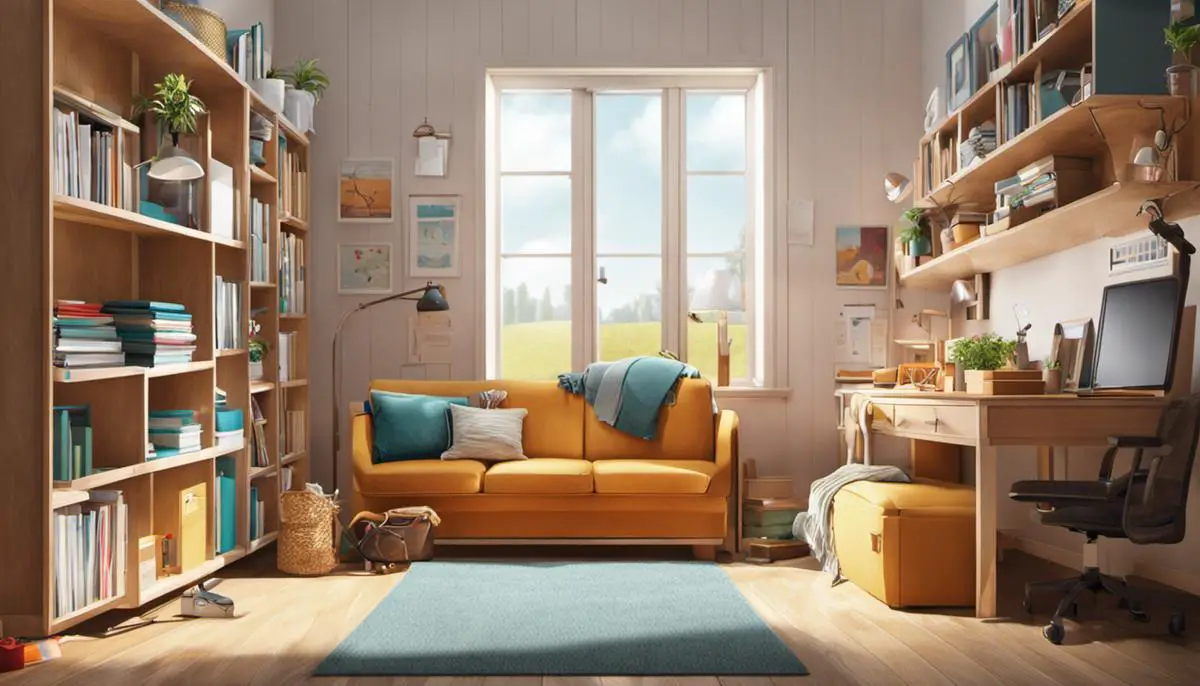
Adopting a decluttered lifestyle requires a consistent effort to resist hoarding tendencies and maintaining an organized space. It’s more than just a phase or a one-time activity — it’s a habit, a mindset, a lifestyle change.
The path to an organized space may seem daunting at first, but with a well-defined decluttering schedule and the right strategies in place, the task gradually becomes manageable.
The remarkable benefits that come with decluttering and organizing, ranging from improved productivity to enhanced mood and decreased stress levels, are truly life-changing.
Therefore, as you journey to adopt a minimalist lifestyle and control your environment, remember that each step towards decluttering is a step towards a better and more efficient life.
